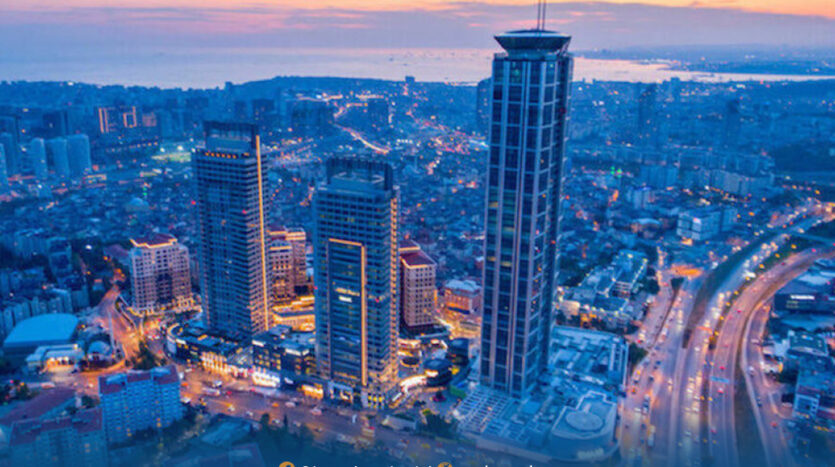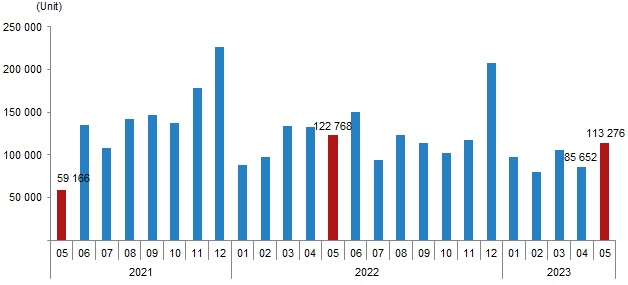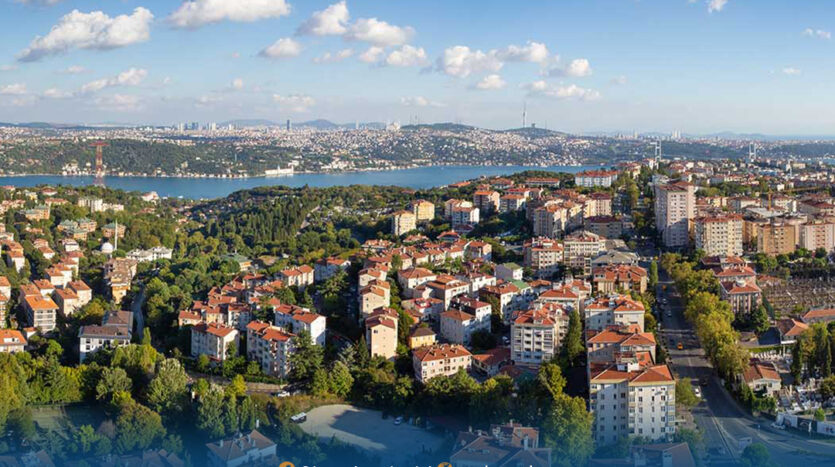In fact, When we mention a strategic location and a geographical location, there is a wide difference between the two words. The geographical location is where the country is on the map, with limitations on countries, and all countries have a geographical location. But the strategic position is not enjoyed by all states, as it is intended to reflect the country’s importance at several levels that may be political, cultural, military, resource-related, infrastructure-related, and many more. Istanbul has both a geographical and a strategic location. What is Istanbul’s Geographical Location Stratigic?
Istanbul City Location
Above all, Istanbul, the Turkish capital, is located on latitude 41.01 and longitude 28.95, and on the map, you will find it situated on the Bosphorus corridor from the northwest of Turkey, i.e., between the Black Sea and Marmara, and find Istanbul’s commercial center on the continent of Europe and the rest of the city on the continent of Asia.
Istanbul’s strategic Location was a fundamental and primary cause of its current situation, and it charted a specific course. Istanbul is a link between the country, which is geographically located on the western side of the province of Marmara and divided into two parts by the Bosphorus Strait. The city is located on two continents, making it a link between the countries. It helped it thrive in tourism, travel, and aviation offices. Its strategic geographical location has helped it in the climate, where Istanbul is 39 meters above sea level and enjoys a transitional climate that combines the region’s median, continental, and oceanic climates.
Istanbul’s City Features
Istanbul’s geographical excellence has allowed it to shine at various levels:
Firstly, At the real estate level
Istanbul’s presence in such a location made it a destination for investors. Foreign and domestic real estate investments are attracted, and large transport networks have been established throughout Istanbul and new areas. Relatively affordable housing and commercial complexes were built. Bridges were also built, and infrastructure was prioritized.
On the other hand, the speed of implementation of expansion schemes and megaprojects such as Istanbul Third Airport and the new Istanbul Canal.
Secondley, At the Tourism level
Istanbul has many tourist historical monuments, foe example, the Blue Mosque in the area of Sultan Ahmed, whose exterior shape is characterized by curves, a series of domes, and six minarets, and whose courtyard is the largest of all the Ottoman mosque courtyards. It also includes Topkapi Palace and Hagia Sophia.
Thirdly, At the cultural level
Everyone wants to go to Turkey. Because they mimic multiple civilizations, tourists are always attracted to learn about the successive civilizations that have passed through them, such as the Ottoman, Roman, Latin, and other empires. It brought together different principles, traditions, and lifestyles, and Istanbul’s Geographical Location Strategy gave them that importance.
Fourthly, At the labor level
Istanbul’s geographic location strategy has contributed to the opening of multiple business areas, including merchandise trade, travel, and tourism, contracting, economic and cultural integration, and entrepreneurship. Istanbul is Turkey’s largest port and the hub of industry. This has led to an increase in the labor market and labor force in Istanbul and Turkey in general. It is well-known for its textile and tobacco industries, wheat grinding, glass, and cement production, and food production.
Fifthly, At the global level
Istanbul’s position has made it a goal that all countries in the world seek to cooperate with. and agree with. The investments sought by countries are a link between three continents: Asia, Africa, and Europe. Istanbul is the world’s fifth-most populous city. It is a good mediator in improving political relations between the Islamic world and neighboring states.
In conclusion, Istanbul’s strategic geographical location thus helped to create a special Istanbul entity as the first line of distinction among the world’s cities.
Also Read:






